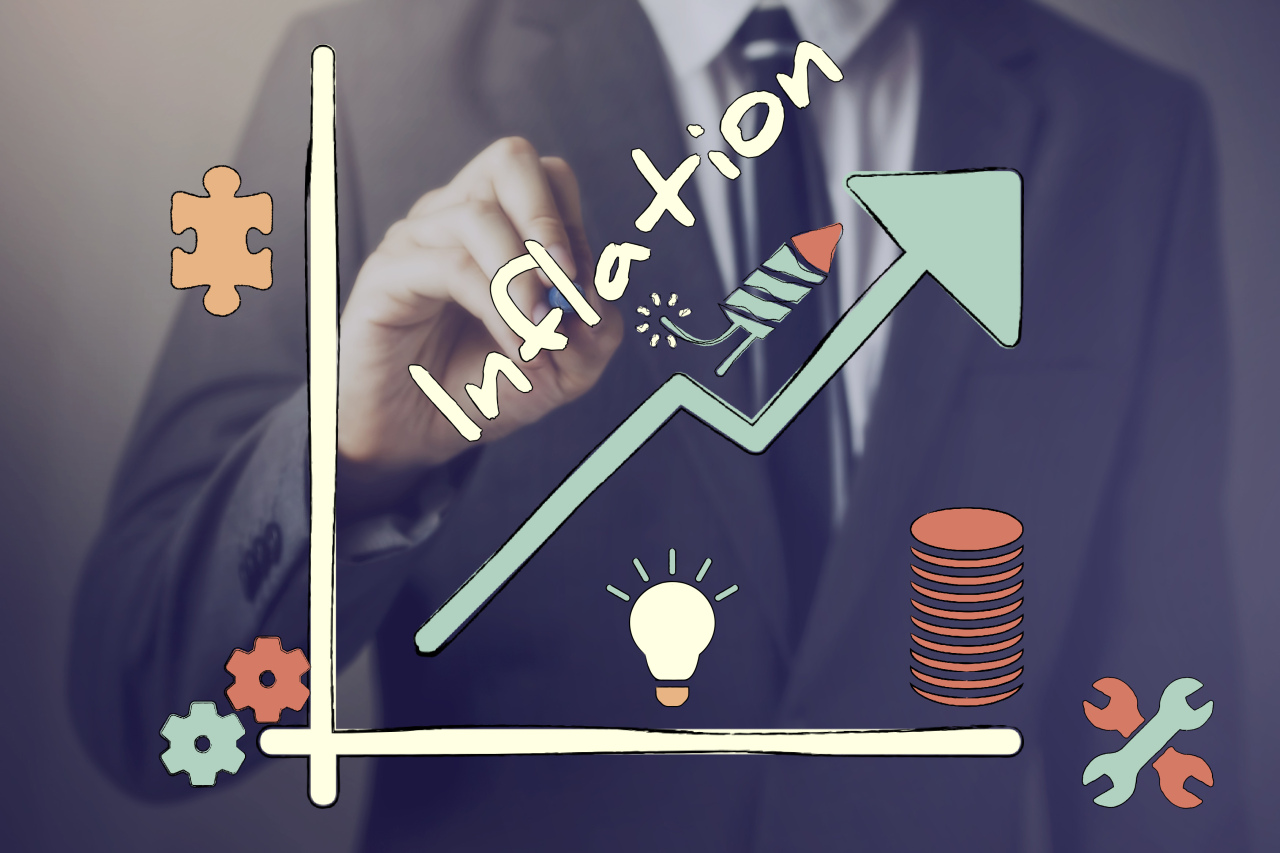 |
(123rf) |
Consumer prices in July accelerated to an almost 24-year high of 6.3 percent on higher energy and food prices, as South Korea battles soaring inflation dragging down the export-led economy.
According to Statistics Korea data released Tuesday, the July consumer price index edged 0.3 percentage point higher than in June. The last time the annual price gain neared such a level was in November 1998, when it reached 6.8 percent amid the Asian financial crisis.
But the pace of monthly inflation showed signs of a slowdown in stabilizing global oil prices.
“The global economic conditions fanning inflation here on the inside are getting better,” said Eo Woon-sun, deputy director general for short-term economic statistics at Statistics Korea, referring to a global surge in materials and food costs prompted by Russia’s invasion of Ukraine.
The agency backed the forecast made by Finance Minister Choo Kyung-ho, who said earlier that inflation would peak in the early fourth quarter at the latest, as long as economic uncertainties involving the war in Ukraine do not get worse.
The Bank of Korea said the latest inflation reading was what it had expected, noting price gains would surpass the 6 percent level for the time being. The crisis in Ukraine could worsen supply shocks in a blow to the economy, the central bank added.
A day earlier, BOK Gov. Rhee Chang-yong acknowledged that growth this year would even fall short of 2.7 percent, a target he already revised down in May from 3 percent.
He also hinted at returning to the tradition of raising interest rates by 25 basis points at each policy meeting. On July 13, the central bank lifted borrowing costs by 50 basis points, the largest single rate raise ever, despite mounting worries over a downturn. The governor had stressed giving priority to cooling inflation.
And that remains unchanged, according to Rhee, who on Monday briefed lawmakers sitting on the finance committee about the bank’s plans on the economy. But he did not entirely dismiss revisiting a big hike of 50 basis points if conditions warrant it, especially a surge in oil prices.
Rhee, in the meantime, downplayed concerns over stagflation, a coupling of low growth and high prices, saying gross domestic product for the second quarter surpassed the bank’s expectation.
The economic output for the April-June period rose 0.7 percent on-quarter, as consumption increased thanks to the government’s decision to scrap nearly all COVID-19 restrictions.
But the latest data from the Trade Ministry worry policymakers, who analysts say would be left with few conventional tools to prop up the export-reliant economy once a global recession takes place following a dramatic pivot to tighter policy.
The trade deficit for Asia’s fourth-largest economy in the first half of this year reached $10.3 billion -- the largest ever seen in the six-month period. The trade deficit in the first seven months, including July, reached a 66-year high.
“Economic activity here isn’t that bad yet,” Rhee said, noting it will be until after October for him to know more about where the economy is headed.
By Choi Si-young (
siyoungchoi@heraldcorp.com)








![[Today’s K-pop] Blackpink’s Jennie, Lisa invited to Coachella as solo acts](http://res.heraldm.com/phpwas/restmb_idxmake.php?idx=644&simg=/content/image/2024/11/21/20241121050099_0.jpg)